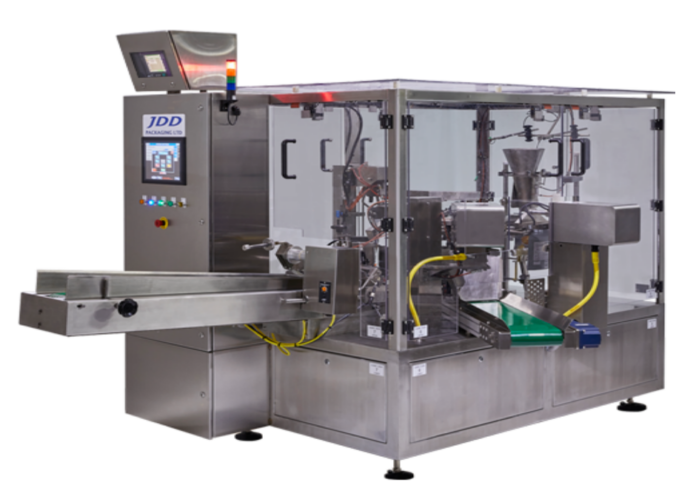In terms of food production, packaging is a required stage that holds not only the shelf life but also the quality and safety of the goods. Whether it’s meat or pasta, the correct meat packaging and pasta filling equipment are essential to guarantee the product gets to consumers in shape. For food producers, these machines offer a major benefit in preserving consistency, lowering labor costs, and increasing production efficiency, which finally results in improved consumer satisfaction and profitability.
Pasta Filling Packaging Machines: Streamlining Production
Regarding pasta goods, packaging and filling have to be quick and exact. Designed especially to automate the filling and sealing process for pasta products, pasta filling packaging machines guarantee that the goods are tightly packed for retail and transit. These devices are made to manage several pasta forms, including tortellini and packed pasta like ravioli. These machines serve to guarantee that every package has the precise amount of pasta by means of automated filling systems and changeable settings, therefore minimizing waste and error during manufacturing.
Meat Packaging Machines: Essential for Preservation
Maintaining freshness and preventing deterioration of meat products depend on packaging. Meat packaging machines are made to keep the correct temperature and package meat in ways that stop infection. Common techniques these machines use to keep meat fresh for longer are vacuum sealing, modified atmosphere packaging (MAP), and shrink wrapping. By lowering the air exposure, which may cause bacterial development and rotting, these devices assist meat stay fresher for longer, therefore guaranteeing that the product is safe for consumers and ready for distribution.
Customizing Packaging Equipment for Effectiveness
Customizable characteristics of both meat packaging machines and pasta filling packaging systems let producers satisfy their particular manufacturing requirements. These machines may be customized to fit a range of needs, whether that means changing the size of pasta pieces or the sealing methods for several kinds of meat. Customizing also covers packing materials; firms can select the most appropriate one that will guard their goods and complement objectives of branding. This adaptability guarantees that the machines will always satisfy the needs of a fast changing market and improves efficiency.
Automation: Reducing Labor and Increasing Speed
The degree of automation that pasta filling packaging machines and meat packaging machines bring to manufacturing lines is one of their main advantages. Faster production cycles and less running expenses made possible by these devices help to greatly cut the demand for manual labor. Automated solutions help to regularly and precisely complete filling, sealing, and packing operations, therefore lowering the chance of human mistake. By increasing the general production pace, automation also helps businesses satisfy increased demand without compromising quality.
Sustainability and Environmental Impact
Industries are under increased pressure in the present market to follow more sustainable policies. Meat packaging machines and pasta filling packaging systems both help to lower waste and improve the environmental effect of packing. Designed to use less material, increase package efficiency, and simplify the adoption of recyclable or biodegradable packaging choices, advanced machinery These devices are enabling companies to reduce their carbon footprint and guarantee that their goods are securely and safely packed for consumers.
Future Trends in Packaging Machines
With ongoing technological development, the future of meat packaging machines and pasta filling packaging systems seems bright. Packaging efficiency will be further improved by innovations including smart equipment able to monitor the whole production process and instantly modify parameters. Furthermore, the incorporation of artificial intelligence and machine learning will enable packaging systems to become even more flexible, hence enhancing quality control and lowering of downtime. The development of packing machinery will be crucial in satisfying these demands as manufacturers search for means to improve output, sustainability, and adaptability.
Conclusion
Ultimately, the current food production process depends on meat packaging machines and pasta filling packaging equipment to guarantee good packing, economy, and product preservation. These machines will remain vital in satisfying changing needs of consumers as the food sector keeps innovating. To get more about meat product and pasta packaging solutions,

